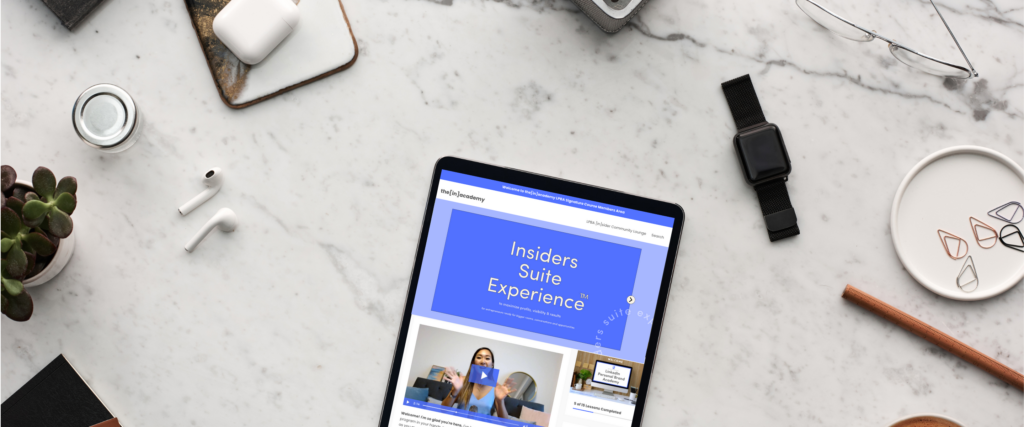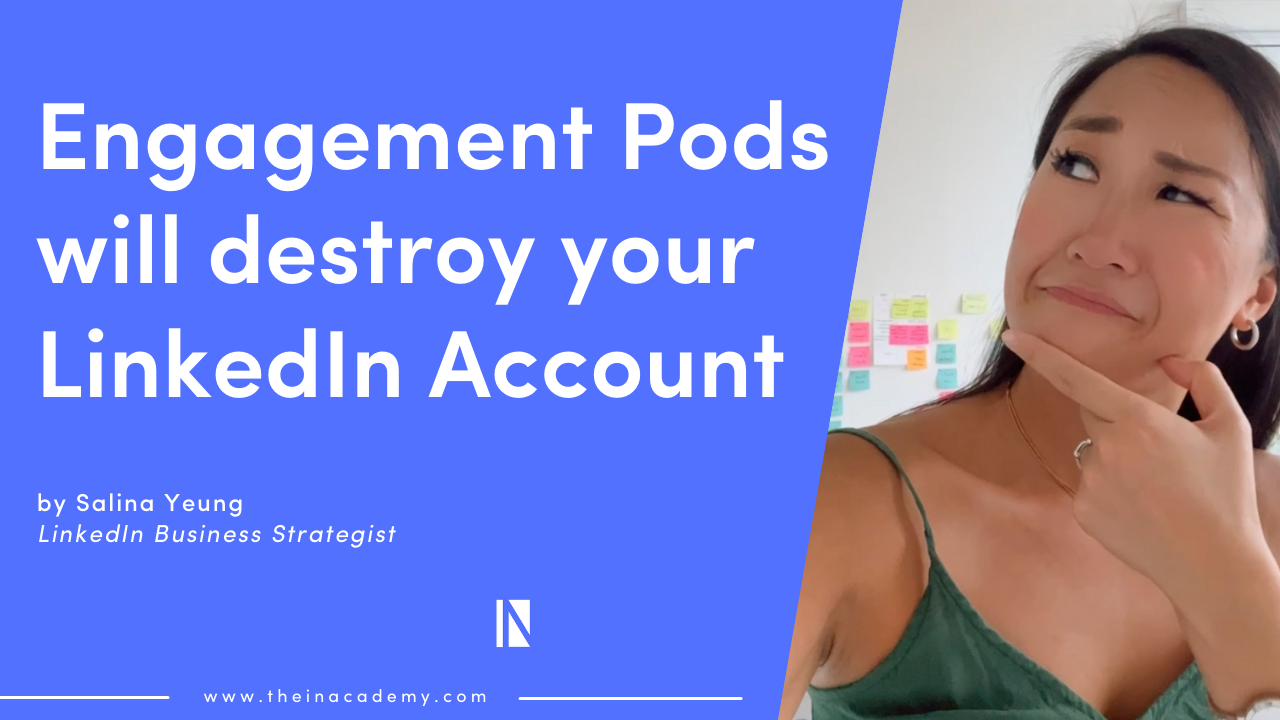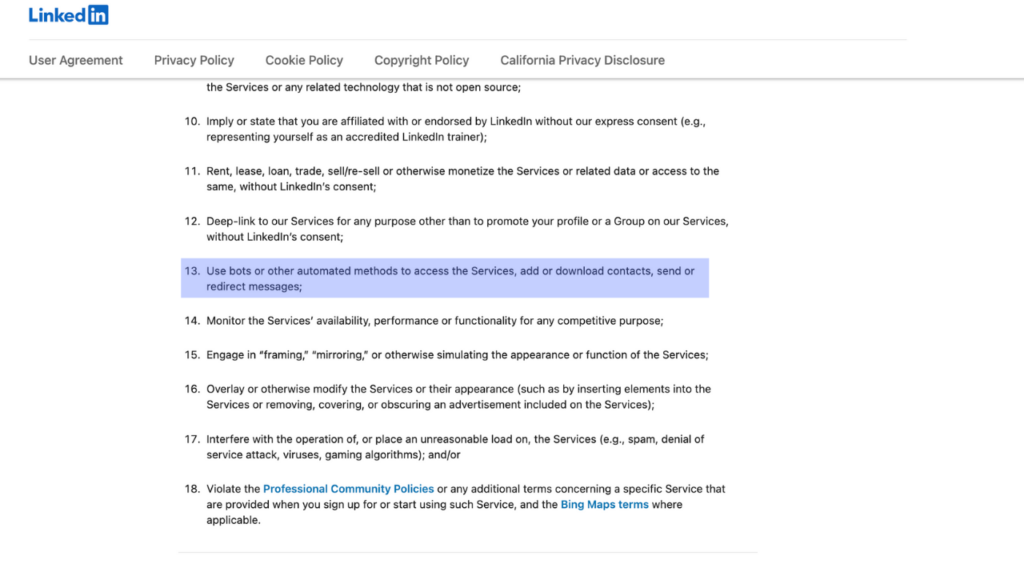If you know anything about me, you know that I am a big fan of organic engagement. I liked organic engagement before it was cool. I can name all of organic engagement’s albums 😎.
Ok, I’m getting carried away—but you get the point. Organic engagement is visibility obtained the tried-and-tested way: by creating high-quality content that truly resonates with your audience, rather than by paying for ads or using artificial tactic.
It’s not always easy, but the benefits are clear. As a matter of fact, research shows that users will click on organic posts over paid posts by a margin of 94%.
Which brings me to my next point. Today, we’re going to talk about engagement pods on LinkedIn, which, in case you’re not familiar, are pretty much the exact opposite of organic engagement. Needless to say, we don’t get along.
Allow me to explain why. But first, I want to make sure we’re on the same page.
What Are Engagement Pods?
Engagement pods on LinkedIn are groups of users who work together to artificially increase each other’s engagement on the platform. In doing so, they hope to boost each other’s visibility and content performance (i.e. likes, comments, and views) to trigger the LinkedIn algorithm.
These pods usually work on the concept of reciprocity. In exchange for someone liking and commenting on your posts, you do the same on theirs. In turn, everyone reaps the easy rewards, and we all go home having magically succeeded in getting all the traffic and followers we could have ever desired.
Sounds a little too good to be true, right? Unfortunately, it is.
While engagement pods may seem like an easy solution for boosting your LinkedIn profile visibility and content engagement, they can actually have a negative impact on your account and ultimately lead to its destruction.
Disappointing, right? Believe me, it’s not just a personal grudge I have against them. Stick with me and I’ll explain.
Why Engagement Pods Are a Bad Idea
So, you’re not willing to just take my word for it when I say that engagement pods are no good? That’s fine. In fact, it goes to show you’re savvy and won’t believe just anything. You understand that nothing worth having comes easy!
People like you are often an excellent fit for my LinkedIn Mastery Programs… just saying.
Engagement pods can wreak havoc on your LinkedIn profile both in the short and long term. While it’s possible to assemble a super-sneaky, highly-trained pod that fools both the algorithm and all your followers—it just isn’t likely.
Chances are, it won’t be worth the risk. At worst, you’ll have your account flagged or banned. At best, you’ll be wasting time and energy better spent creating engaging content and building genuine relationships with your followers.
So without further ado, here are the reasons why you should avoid engagement pods on LinkedIn:
1) The algorithm will catch on to you
First and foremost, LinkedIn is an algorithm-based platform, which means that its algorithm is constantly analyzing and assessing the behavior of its users.
When you participate in an engagement pod, you are artificially inflating your engagement by exchanging likes, comments, and shares with other members of the pod. While it’s hard for those who aren’t engineers at LinkedIn to know exactly what the algorithm is thinking, there’s evidence to suggest it doesn’t like it (based on the activity of similar networks).
Side note: Having worked as the Account Director of Marketing Solutions at LinkedIn, I did get to know quite a lot about how the algorithm works. And yes, you guessed it—I share those details in my mastery programs.
Whether it’s the LinkedIn team actively working to diminish the ROI of users in engagement pods, or the algorithm treating them as artificial engagement and therefore outright violating the terms of service—your visibility will suffer in the long run.
Still don’t believe me? Here it is in LinkedIn’s own words:
2) You’ll lose your followers’ trust
Additionally, when you engage in this type of behavior, you risk losing the trust of your followers. Many people on LinkedIn value genuine engagement and are not interested in seeing artificially inflated engagement.
Come on… do you really think a lazy comment like “great post” or a thumbs-up emoji and “thanks for sharing” serves any valuable purpose?
Even if your content remains the same, endless suspicious comments below each post akin to a group of seals clapping kind of ruins the vibe.
If your followers realize that you are using an engagement pod to boost your engagement, they may choose to unfollow you, which can significantly harm your online reputation.
Engagement pod users often stick out like a sore thumb. Their posts will often have a high proportion of copy-and-paste comments (like the aforementioned “thanks for sharing!”), and usually from the same group of users. Somewhere around 50-70% of commenters will be only 2nd- or 3rd-degree connections with the author. And, if they’re posting polls, the polls will often have more likes than actual votes!
3) It’s Time-Consuming
While it’s often touted as a quick-and-easy path to traffic and followers, participating in engagement pods is often a lot of work. As I mentioned before, they work on a quid pro quo basis.
In other words, for people to like and comment on your posts, you have to like and comment on theirs. To provide quality responses that don’t just seem like spam (it’s frowned upon in pods to simply comment, “Great post!” on every one), you’ll need to put in a serious time commitment.
If users are constantly coming across your generic, no-value-added comments on their news feed, they’ll start to see your personal brand in a negative light.
4) Your account may be flagged or banned
While some people seem to disagree (usually those promoting their own engagement pod services), the majority opinion is that using pods is a form of artificial inflation, which is against LinkedIn’s terms of service.
Suppose LinkedIn detects that you are participating in an engagement pod. In that case, they may take action against your account, including suspending or even permanently banning it.
Seems like a pretty high price to pay for a bit of online clout, doesn’t it?
I go into more detail on the reasons why I don’t like pods here. In fact, it’s a bit of a rant, so buckle up…
5) You’re not attracting your ideal audience
The final, and perhaps most important reason not to use engagement pods is: they’re diluting your audience!
When you use an engagement pod, you’re attracting a random assortment of people to your content who aren’t genuinely interested in what you have to offer. It’s like trying to fill your house party by paying a bunch of strangers $5 to attend. Not the best idea, in my opinion…
Using engagement pods prevents LinkedIn from working for you. It confuses the algorithm by not allowing it to build a picture of the type of user that organically connects with your subject matter.
When done properly, your LinkedIn marketing strategy will harness the algorithm to feed your content to viewers who are likely to be interested in it. In other words, building a foundation that isn’t made of sand!
So What Should I Do Instead?
Long story short, you might get away with using an engagement pod. It might even work for a while. But it really isn’t worth it compared to the things you could be doing to proactively boost your account
- Optimize your LinkedIn Profile for maximum visibility
- Create content that opens hearts and wallets
- Build genuine connections and relationships with your best-fit clients
Now, want a LinkedIn Content Strategy that opens hearts + wallets guaranteed?
📍 Join us: Insiders Suite Experience™ – Learn never-shared LinkedIn Algorithms, take out all the guesswork of growing on LinkedIn and attract your ideal clients to your DMs — on autopilot.

Book a LinkedIn Blindspot Call Today and let’s turn your LinkedIn connections into clients.
theinacademy.com
Take a look around.
[in]side the algorithm
Inside the Algorithm is your weekly download of all things business and magnetic content marketing, from exclusive LinkedIn insider Tips by Salina & Faisal to incredible guest contributors.
JUICY DEETS EVERY WEDNESDAY MORNING!





